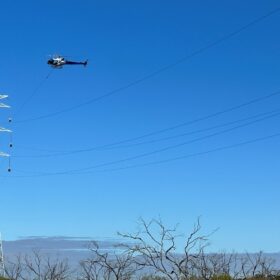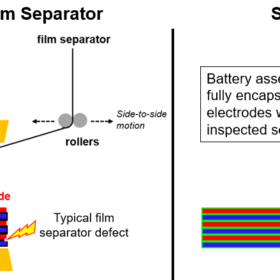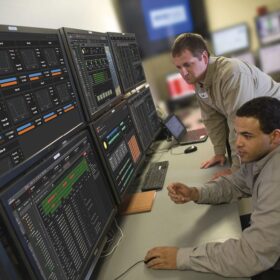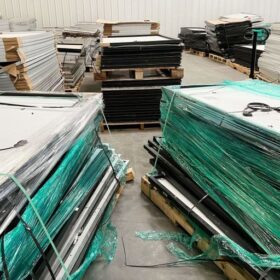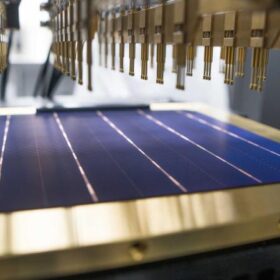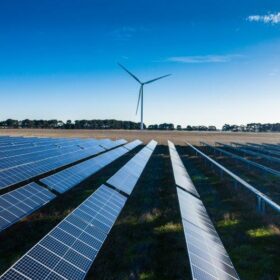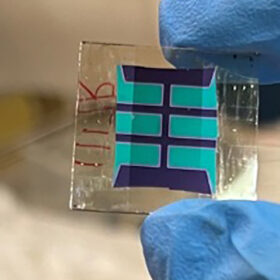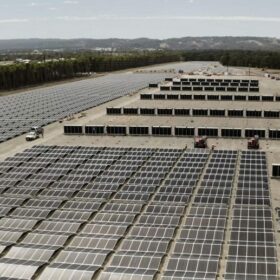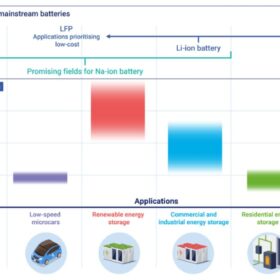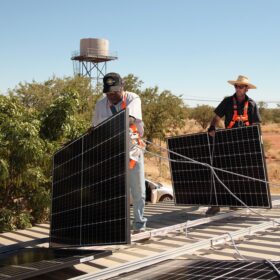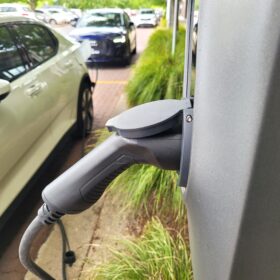ElectraNet announces construction milestone for tri-state transmission project
Construction of Australia’s largest electricity transmission project continues to roll on with network operator ElectraNet announcing it has achieved more than 70% completion of the South Australian component of the 900-kilometre EnergyConnect project that will link power grids across three states.
Separator tech to prevent battery fires
United States-based battery startup Nuvola Technology says it has developed a direct deposition polymer separator technology that can eliminate the primary cause of lithium-ion battery fires.
Weekend read: Unify data to reduce complexity
The volume and complexity of data generated by renewables sites is growing, as are the regulatory requirements regarding its collection and delivery. Thomas Andersen, VP of renewables for U.S.-based engineer Emerson, explains how modern asset management systems can deliver better functionality and management to project operators and owners.
Brisbane startup launches Australian-made home EV charger
Queensland electric vehicle charging technology startup Evos has unveiled its first home charger, a 7 kW wall-mounted device designed to add up to 35 kilometres of range to an electric vehicle for every hour it’s plugged in.
UNSW team scores 99% result with solar panel recycling process
A team of engineers at the University of New South Wales say they have developed a new, more effective method for recycling end-of-life solar panels that allows them to quickly and efficiently separate 99% of PV cell component materials.
ARENA pushes for step change in solar cost and efficiency
The Australian Renewable Energy Agency says solar technology is mature enough and sufficiently cost effective to meet Australia’s 2030 renewables goals but a step change in efficiency and cost is required to support the decarbonisation of hard-to-abate sectors such as industry and transport.
Solar leads way for new-build power source as all technology prices surge
A new report released by Australia’s national science agency shows that renewables, led by large-scale and rooftop solar, remain the cheapest form of new-build power generation in Australia despite a 20% average rise in technology costs.
NREL develops perovskite solar cells with 93% bifaciality
A research team at the U.S. Department of Energy’s National Renewable Energy Laboratory has made highly bifacial perovskite cells with a front-side efficiency of 23%.
Modular solar tech delivers international award for Australia’s 5B
Australian modular PV array manufacturer 5B’s preassembled and relocatable modular solar technology has been awarded international honours with the United States-based World Future Awards panel naming it the best solar solution in its clean tech category.
Sodium-ion battery fleet to grow to 10 GWh by 2025
Global demand for sodium-ion batteries is expected to grow to just under 70 GWh in 2033, from 10 GWh in 2025, at a compound annual growth rate (CAGR) of 27%, according to UK-based market research company IDTechEx.
